This week it has taken a turn for fall the sun shines and the nights are much cooler. Finally there are touches of color developing in the leaves of trees, in the next few weeks the show of yellow, red and orange will be at their peak here. Gardeners are starting to remove spent annuals and cut down yellowing and bedraggled perennials. Some grasses such as Miscanthus are blooming while others are finnished waitng for the winter rains. Several plants are blooming as it is coming into thier summer, these are some of the bulbs from South Africa. One of the most showy is Nerine bowdenii (Guernsey Lily) and how beautiful it is.
Nerines are all found in Africa with 23 0f the species found in South Africa. There is some confusion as to exactly how many species there ranging between 25 and 30. We do know the plant Nerine is named for the Greek word ‘Nereis’ for sea nymph. Bowdenii comes from Athelstan Hall Cornish Bowden (1871-1942) who was born in Devon and went on to become the Government Land Surveyor of the Cape Colony which later became South Africa. In 1903 he brought his namesake plant back to England.
Nerine bowdenii is considered to be the most hardy of the known Nerine species. This is because it was originally found high(3000m or nearly 10000 ft.) in the Drakensburg Mountains in north Natal. There it flowers in February to May. It is often found growing in cracks of the stony cliffs and where a little soil and leaf mold has accumulated over time.

Nerine bowdenii is perfectly planted in the stony outcropping of the 'Terrace Gardens' at Government House in Victoria.
Many South African plants are relatively new to gardening and have been thought to be more tender than they have turned out to be. Here in Victoria and in the southern corner of British Columbia we have a very similar climate to parts of South Africa and have been lucky to enjoy a wide range of interesting plants which grow there. We have a mild winter which is damp and warm to hot summers with a prolonged drought which is perfect for many bulbs such as Nerine bowdenii.
Nerine bowdenii is a fairly easy and adaptable plant to grow. Plant the bulbs close together with part of the bulb exposed like it is found in the wild. Grow it in any rich soil with good drainage so the bulbs do not sit it overly wet soil for long periods. When planting bulbs it is a good idea to add some bone meal for development of strong healthy roots. It is said that this species of Nerine can take -10(14f) temperatures easily. If you live in a colder climate grow your plants in a container which you may choose to sink into the ground and lift late in the fall to over-winter inside.

The typical Nerine bowdenii floral scape has up to a dozen flowers which are usually in a pink shade.
Several named selects can be found of Nerine bowdenii which are in pink shades as well as a white form. This plant is about 60cm(2ft) tall and has proved to be an excellent long lasting cut flower. The strap-like foliage is similar to that of Agapanthus and is an attractive mid green color. Propagation is by division of the bulbs or planting the fleshy seeds as soon as they become ripe. From seed to blooming bulb takes up to 6 years.

The bright pink Nerine bowdenii flowers against the maroon shades of this foliage is quite spectacular.
Noticing Nerines:
Pacific Bulb Society page on Nerines: http://www.pacificbulbsociety.org/pbswiki/index.php/nerine
Wiki has a good page on Nerine bowdenii: http://en.wikipedia.org/wiki/Nerine_bowdenii
Nerines in South Africa: http://www.bulbsociety.org/GALLERY_OF_THE_WORLDS_BULBS/GRAPHICS/Nerine/Nerineprimer.html
…………….Hope to see you near here soon…………………










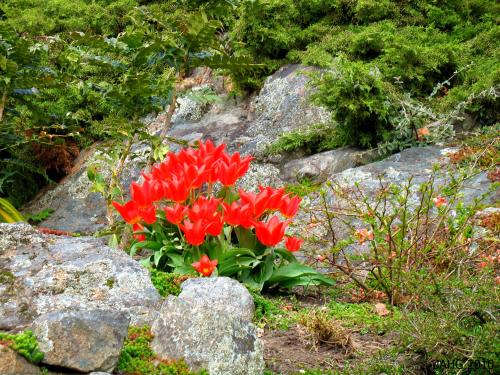
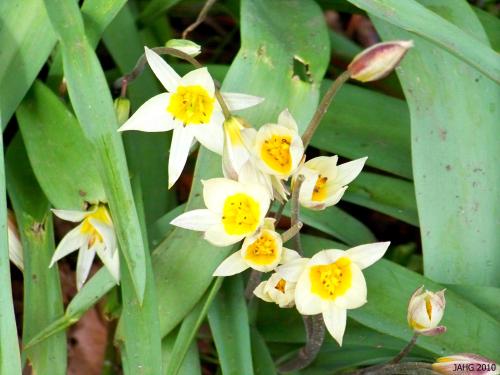
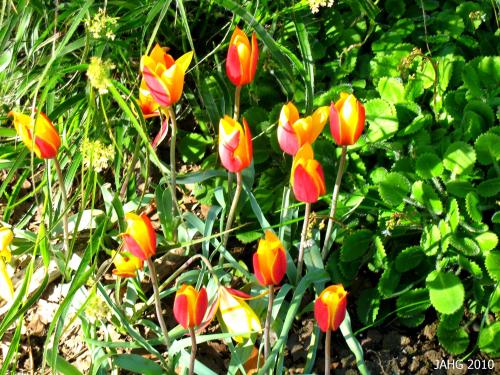
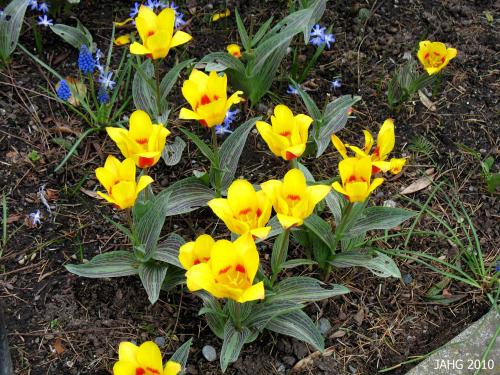
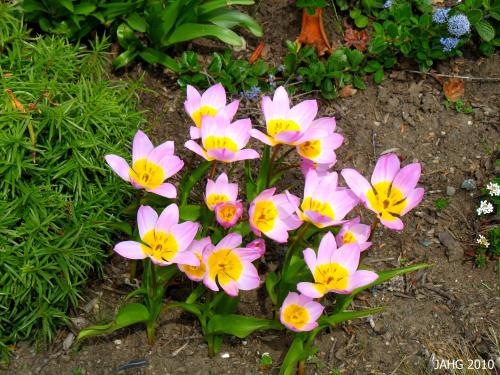
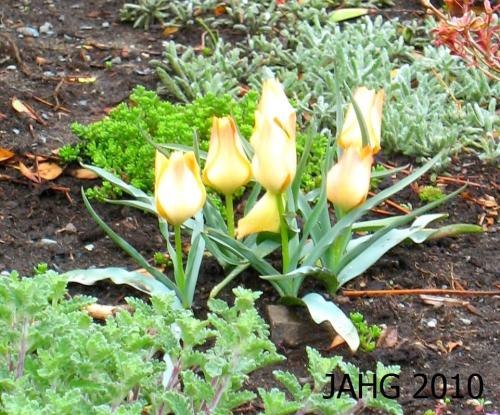
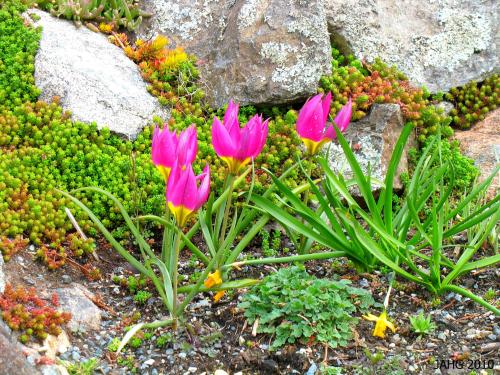












 Stumble It!
Stumble It!






